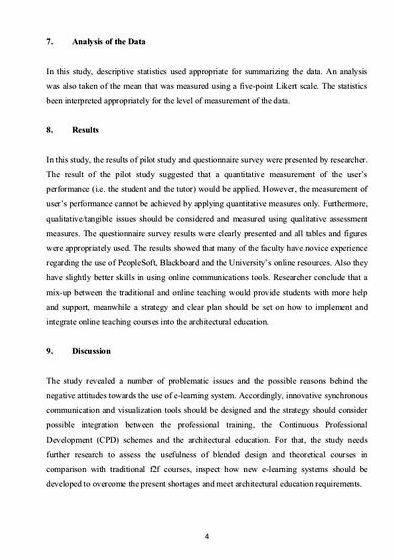


Article summary machine how to#
While humans can do this task easily, it’s difficult to tell a computer how to do it. Traditional programming similarly requires creating detailed instructions for the computer to follow.īut in some cases, writing a program for the machine to follow is time-consuming or impossible, such as training a computer to recognize pictures of different people. He compared the traditional way of programming computers, or “software 1.0,” to baking, where a recipe calls for precise amounts of ingredients and tells the baker to mix for an exact amount of time. The definition holds true, according to Mikey Shulman, a lecturer at MIT Sloan and head of machine learning at Kensho, which specializes in artificial intelligence for the finance and U.S. It was defined in the 1950s by AI pioneer Arthur Samuel as “the field of study that gives computers the ability to learn without explicitly being programmed.” This means machines that can recognize a visual scene, understand a text written in natural language, or perform an action in the physical world. The goal of AI is to create computer models that exhibit “intelligent behaviors” like humans, according to Boris Katz, a principal research scientist and head of the InfoLab Group at CSAIL. Artificial intelligence systems are used to perform complex tasks in a way that is similar to how humans solve problems. Machine learning is a subfield of artificial intelligence, which is broadly defined as the capability of a machine to imitate intelligent human behavior. How do we use this to do good and better the world?” What is machine learning? “AI has so much potential to do good, and we need to really keep that in our lenses as we're thinking about this. Joan LaRovere, MBA ’16, a pediatric cardiac intensive care physician and co-founder of the nonprofit The Virtue Foundation. We have to use these for the good of everybody,” said Dr. “It's important to engage and begin to understand these tools, and then think about how you're going to use them well. That includes being aware of the social, societal, and ethical implications of machine learning. “I don’t think anyone can afford not to be aware of what’s happening.” While not everyone needs to know the technical details, they should understand what the technology does and what it can and cannot do, Madry added. “Machine learning is changing, or will change, every industry, and leaders need to understand the basic principles, the potential, and the limitations,” said MIT computer science professor Aleksander Madry, director of the MIT Center for Deployable Machine Learning. A 2020 Deloitte survey found that 67% of companies are using machine learning, and 97% are using or planning to use it in the next year.įrom manufacturing to retail and banking to bakeries, even legacy companies are using machine learning to unlock new value or boost efficiency. With the growing ubiquity of machine learning, everyone in business is likely to encounter it and will need some working knowledge about this field. “So that's why some people use the terms AI and machine learning almost as synonymous … most of the current advances in AI have involved machine learning.” Malone, the founding director of the MIT Center for Collective Intelligence. “In just the last five or 10 years, machine learning has become a critical way, arguably the most important way, most parts of AI are done,” said MIT Sloan professor Thomas W. Machine learning is a subfield of artificial intelligence that gives computers the ability to learn without explicitly being programmed. When companies today deploy artificial intelligence programs, they are most likely using machine learning - so much so that the terms are often used interchangeably, and sometimes ambiguously.

It powers autonomous vehicles and machines that can diagnose medical conditions based on images. Machine learning is behind chatbots and predictive text, language translation apps, the shows Netflix suggests to you, and how your social media feeds are presented.


 0 kommentar(er)
0 kommentar(er)
